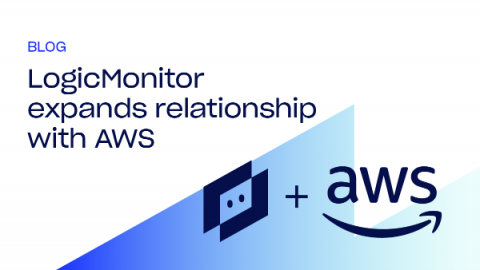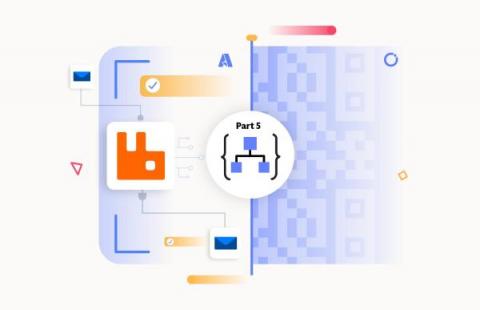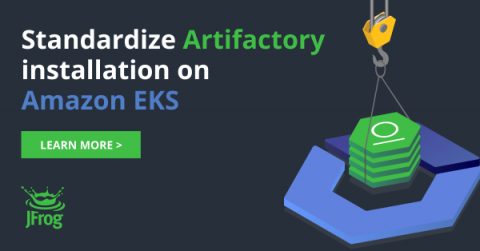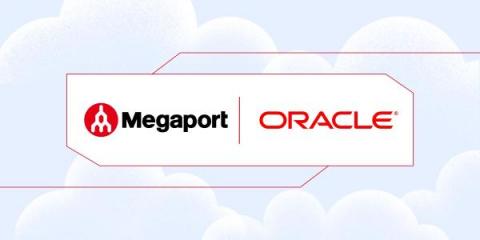Introduction to Azure Kubernetes Service
In the constantly evolving world of technology, managing containerized applications at a scale that can match growing business demands is a challenging task. Microsoft, however, has emerged as a leader in this field, offering the Azure Kubernetes Service (AKS). AKS is a managed container orchestration service that provides a rich and robust platform for developers to deploy, scale, and manage their applications.











